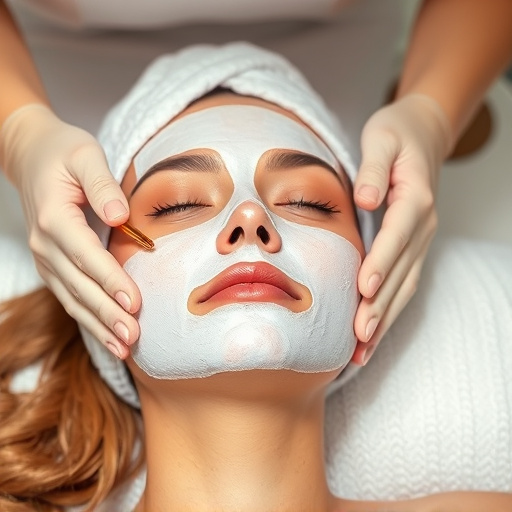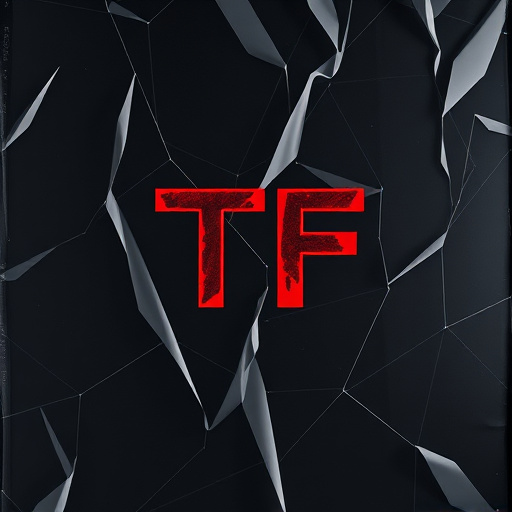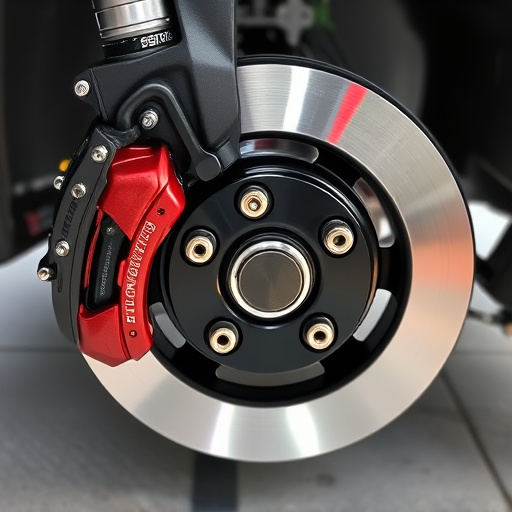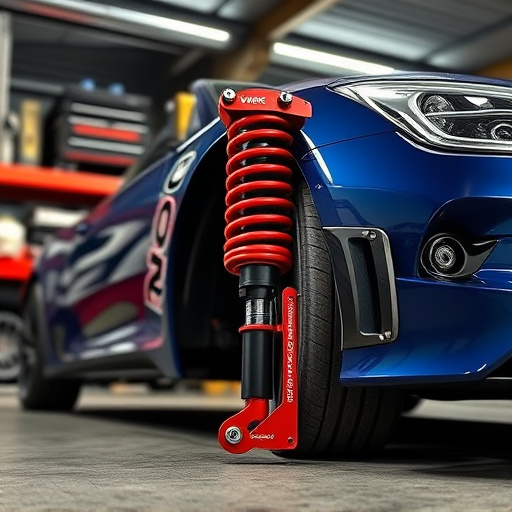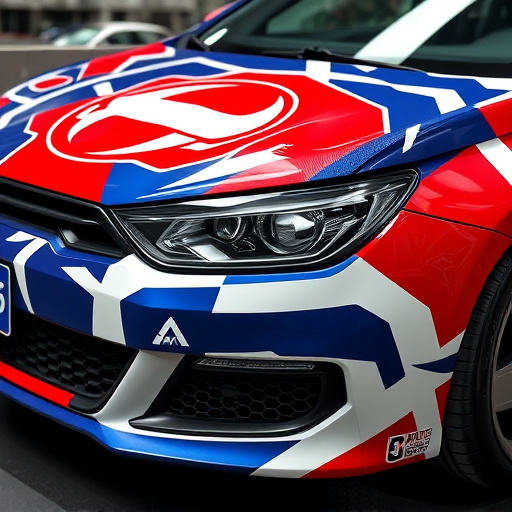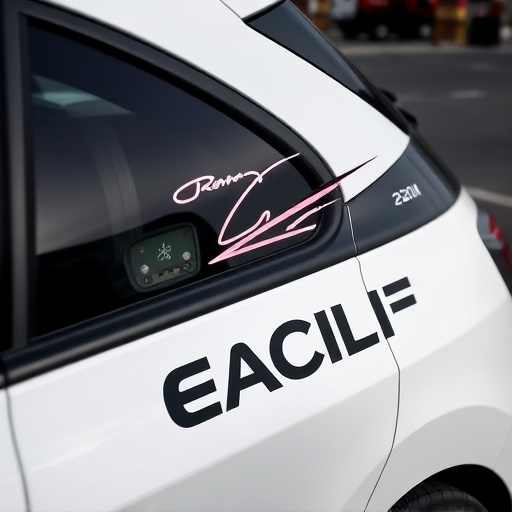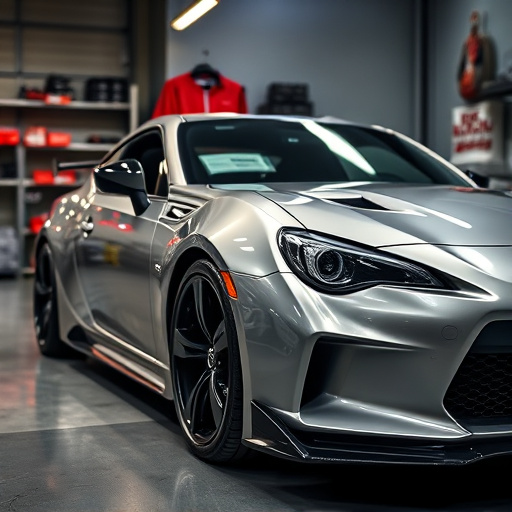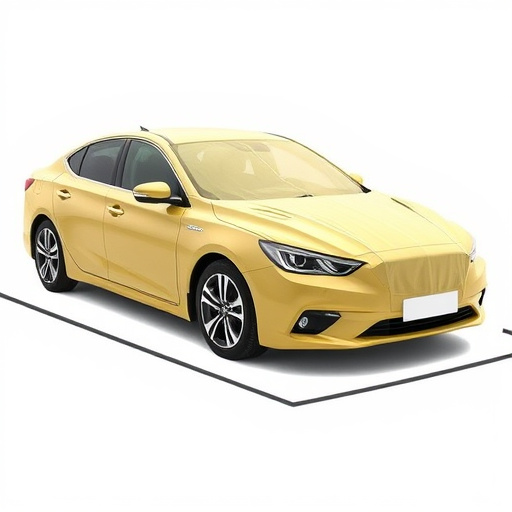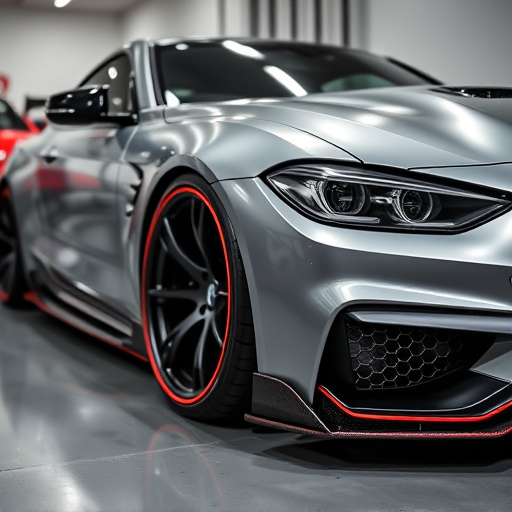Swirl marks on cars, caused by various factors, significantly affect aesthetics and value. Effective swirl mark removal (swirl mark removal) involves understanding damage extent, using proper lighting for accurate assessment, and employing tools like mechanical polishing or advanced protection technologies. Strategic lighting enables technicians to identify subtle marks and choose the right repair techniques. A multi-faceted approach combining the right tools, lighting, cooling, and careful examination is crucial for achieving optimal results, protecting paintwork, and restoring a car's pristine finish.
Swirl marks, those unsightly scratches on automotive paint, can be a car owner’s nightmare. This article delves into the science behind swirl mark removal, focusing on how proper lighting enhances the process. We’ll explore the impact of swirl marks, dissect the role of illumination in achieving a flawless finish, and provide effective strategies for optimal results, offering a guide for both professionals and DIY enthusiasts to conquer these pesky defects.
- Understanding Swirl Marks and Their Impact
- The Role of Lighting in Swirl Mark Removal
- Effective Strategies for Achieving Optimal Results
Understanding Swirl Marks and Their Impact

Swirl marks, also known as scratches or dents on a car’s surface, can significantly impact its aesthetics and overall value. These imperfections are caused by various factors, including road debris, bird droppings, or even minor collisions. While some swirl marks may be superficial, others can penetrate deeper into the paintwork, leaving behind unsightly stains that traditional washing methods struggle to remove. Understanding the extent of these marks is crucial before embarking on any removal process, as it dictates the approach needed for an effective swirl mark removal.
In the world of automotive care, maintaining a pristine finish is often a top priority for vehicle owners. This is where proper lighting plays a pivotal role. Adequate illumination allows enthusiasts and professionals to meticulously inspect the car’s surface, identifying even the subtlest of swirl marks. Moreover, it aids in choosing the right tools and techniques for swirl mark removal, whether it involves mechanical polishing, chemical treatments, or advanced technologies like window tinting and vehicle wraps for enhanced protection against future damage.
The Role of Lighting in Swirl Mark Removal

Proper lighting plays a pivotal role in the effectiveness of swirl mark removal processes. During this meticulous vehicle enhancement procedure, which is often part of premium automotive services, ensuring optimal visibility is essential. Well-lit work areas allow for detailed examination and precise handling of the affected surfaces. The removal process involves careful scraping, polishing, and sometimes the application of custom graphics to restore the vehicle’s original gloss and hide imperfections caused by swirls or scratches.
Adequate lighting conditions enable technicians to accurately assess the depth and extent of swirl marks, guiding their decision on the best course of action for repair. Whether employing advanced tools or manual techniques, a bright, even workspace enhances the overall quality of the restoration. This is particularly crucial when dealing with intricate vehicle body shapes and hard-to-reach areas, where proper illumination ensures no corner is overlooked during the meticulous swirl mark removal process.
Effective Strategies for Achieving Optimal Results

To achieve optimal results in swirl mark removal, a multi-faceted approach is key. Firstly, ensure proper swirl mark removal tools and techniques are employed. Professional-grade polishes and buffing compounds designed for this purpose can significantly enhance the process. Additionally, the use of advanced machinery like rotary polishers or dual-action buffers can help even out the surface and reduce the appearance of swirl marks.
Beyond technical aspects, strategic lighting plays a crucial role in the swirl mark removal process. Examining the car’s surface under different lighting conditions allows for better visualization of swirls, enabling more precise targeting during correction. Natural sunlight or artificial UV lighting can expose subtle imperfections that might otherwise go unnoticed. This helps technicians make informed decisions and tailor their approach, ensuring a seamless finish akin to premium automotive services. Remember, proper heat rejection through effective cooling systems is also essential, as excessive heat can damage the paintwork during intense polishing.
Lighting plays a pivotal role in enhancing the visibility of swirl marks during the removal process, allowing for more precise and effective techniques. By understanding both the impact of these marks and the power of illumination, individuals can employ optimal strategies to achieve flawless results in swirl mark removal, ensuring a smoother, more satisfying experience.
